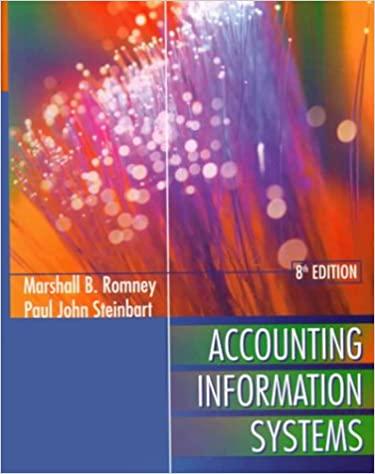






A local beach has been littered with trash for many years, making it unfit for sunbathing and playing volleyball. As summer approaches, the city council is trying to determine whether or not it would be socially optimal to clean up the beach and, if so, how they should do it. Three projects have been identified as a means to clean up the beach. The real benefits and costs of each project over the next three periods are shown below (i.e., they are already inflation-adjusted). At the moment, we are only concerned with these three periods and Period 0 is the present period. Using this information and what you have learned about benefit-cost analysis and environmental valuation, answer the following questions. Part (a) Complete the table by determining the Net Benefits for each project in each period. [1 mark] Part (b) The first question the city council wishes to address is whether or not it is in the town's best interest to do anything at all to clean up the beach or if it should be left as it is. Giving the completed table of Net Benefits a quick glance (no need to do calculations yet), would the town be better off under the status quo (i.e., doing nothing) or cleaning up the beach by choosing among the available projects? Briefly explain your answer. [2 marks] Part (c) If the city council chooses not to discount the future at all, which project(s) will be chosen by the city council? Briefly explain your answer. [4 marks] Part (d) If the city council chooses to discount the future (even a tiny bit,) which project(s) will never be chosen? Briefly explain your answer. [4 marks] Part (e) Suppose the city council agrees on a discount rate of 10%. Which project(s) will they choose? Show your work. [5 marks] Part (f) Suppose instead that the city council agrees on a discount rate of 20%. In this case, which project(s) will they choose? Show your work. [5 marks] Part (g) Suppose a fourth Project exists, which pays constant net benefits in Periods 0,1 , and 2 . If the discount rate is 10%, how large would net benefits need to be in each period in order for the city council to select this project as the best alternative? [ 3 marks] Part (h) Between the descriptive approach and the prescriptive approach to determining the appropriate discount rate, which is more likely to recommend a lower discount rate? Briefly explain your answer. [4 marks] A local beach has been littered with trash for many years, making it unfit for sunbathing and playing volleyball. As summer approaches, the city council is trying to determine whether or not it would be socially optimal to clean up the beach and, if so, how they should do it. Three projects have been identified as a means to clean up the beach. The real benefits and costs of each project over the next three periods are shown below (i.e., they are already inflation-adjusted). At the moment, we are only concerned with these three periods and Period 0 is the present period. Using this information and what you have learned about benefit-cost analysis and environmental valuation, answer the following questions. Part (a) Complete the table by determining the Net Benefits for each project in each period. [1 mark] Part (b) The first question the city council wishes to address is whether or not it is in the town's best interest to do anything at all to clean up the beach or if it should be left as it is. Giving the completed table of Net Benefits a quick glance (no need to do calculations yet), would the town be better off under the status quo (i.e., doing nothing) or cleaning up the beach by choosing among the available projects? Briefly explain your answer. [2 marks] Part (c) If the city council chooses not to discount the future at all, which project(s) will be chosen by the city council? Briefly explain your answer. [4 marks] Part (d) If the city council chooses to discount the future (even a tiny bit,) which project(s) will never be chosen? Briefly explain your answer. [4 marks] Part (e) Suppose the city council agrees on a discount rate of 10%. Which project(s) will they choose? Show your work. [5 marks] Part (f) Suppose instead that the city council agrees on a discount rate of 20%. In this case, which project(s) will they choose? Show your work. [5 marks] Part (g) Suppose a fourth Project exists, which pays constant net benefits in Periods 0,1 , and 2 . If the discount rate is 10%, how large would net benefits need to be in each period in order for the city council to select this project as the best alternative? [ 3 marks] Part (h) Between the descriptive approach and the prescriptive approach to determining the appropriate discount rate, which is more likely to recommend a lower discount rate? Briefly explain your answer. [4 marks]













